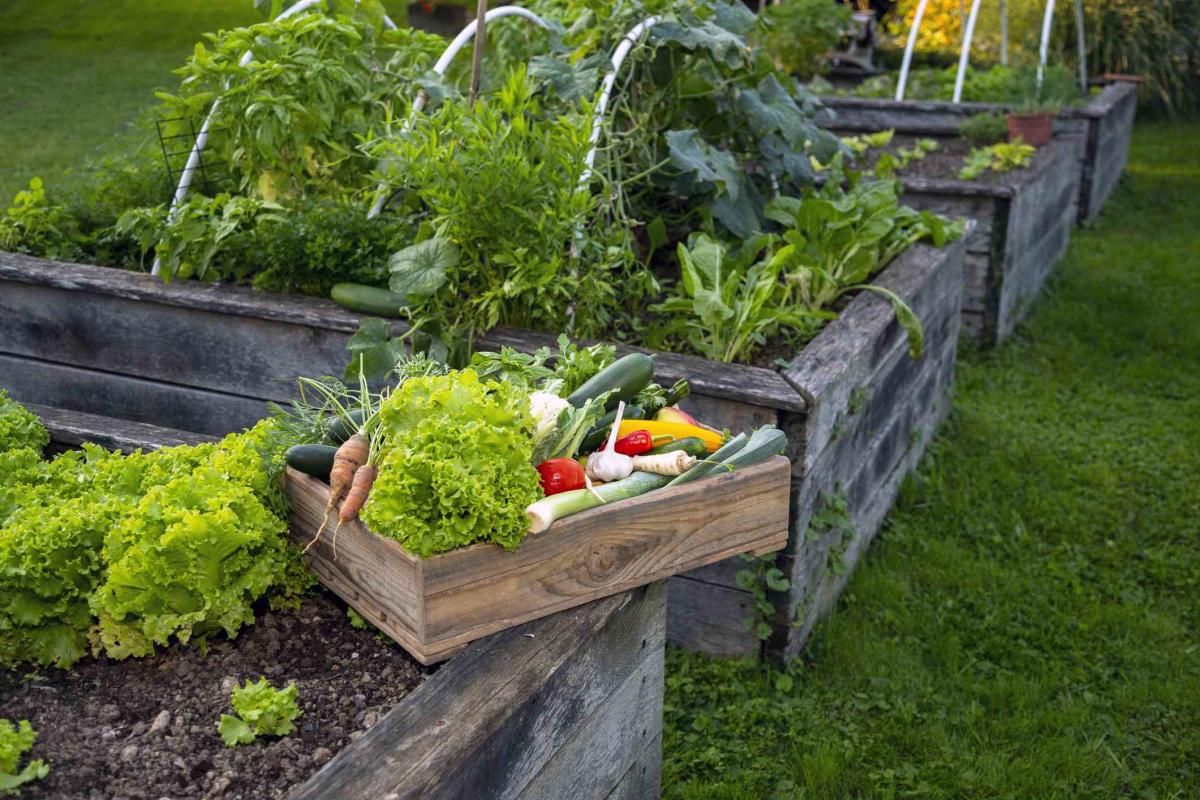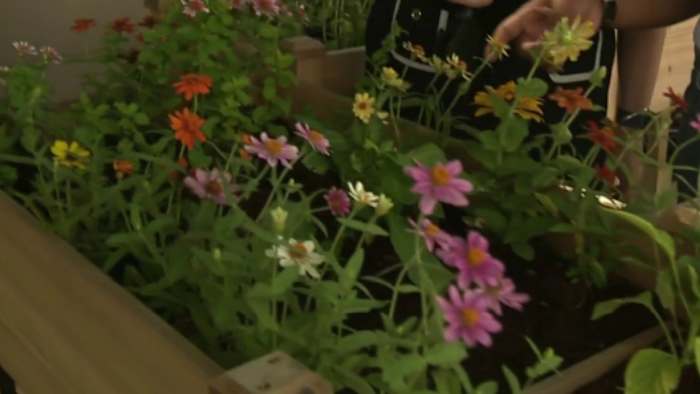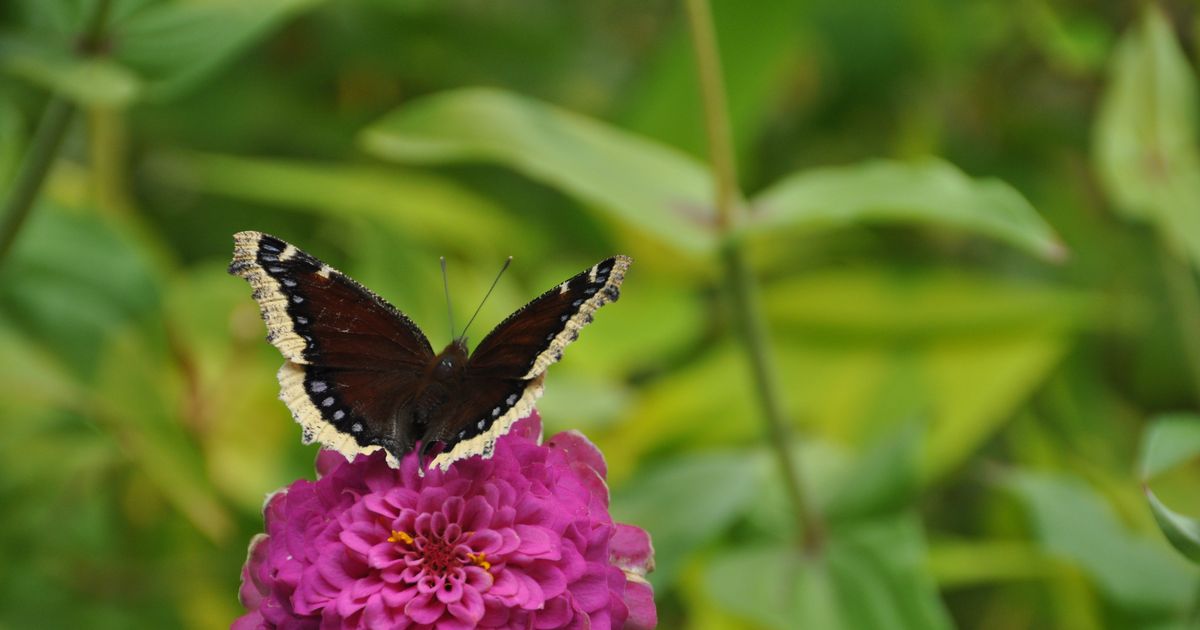With a little bit of planning ahead now, you can work toward ensuring a larger harvest in your fruit or vegetable garden next year all by following one simple trick: letting fruits and vegetables grow larger and longer and then saving their seeds.
“Bigger fruits often have better-developed seeds, leading to improved germination and healthier, more resilient plants when you plant them the next year,” Teri Valenzuela, natural science manager at Sunday Lawn Care, says. “This can result in a bigger and more abundant harvest, thanks to the enhanced genetic strength of those fully matured seeds.”
Below, two gardening experts weigh in with key insights on what to keep in mind when it comes to determining when to remove the seeds from your fruits and vegetables and share the benefits of saving such seeds. They also provide tips on what to avoid when saving seeds from fruits and vegetables as well as drawbacks associated with this particular gardening practice.
Meet the Experts
-
Teri Valenzuela is the natural science manager at Sunday Lawn Care.
-
Kathi Rodgers is an organic gardener who is the founder of the blog Oak Hill Homestead.
When to Remove Seeds From Garden Fruits and Vegetables
In order to feel confident that you’re taking the seeds from a plant at its most optimal point, you will want to be patient and not trim it too early on in the season. Kathi Rodgers, an organic gardener who is the founder of the blog Oak Hill Homestead, recommends leaving the veggie or fruit on the plant or on the vine until it’s completely ripe or even overripe. This will allow the inside seeds to fully mature.
“Patience is key when you’re saving seeds—let that veggie mature completely and don’t be in a hurry to harvest it,” Rodgers says.
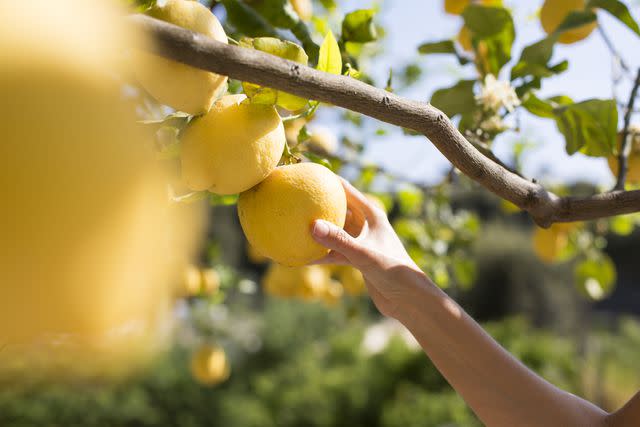
Kathrin Ziegler / Getty Images
Want more gardening tips? Sign up for our free gardening newsletter for our best-growing tips, troubleshooting hacks, and more!
Benefits of Saving Seeds From Garden Fruits and Vegetables
She notes that there are many benefits and reasons for saving seeds. A gardener may want to save seeds from an earlier tomato plant that was the best-tasting or a variety that’s challenging to find as transplants, Rodgers explains.
However, you will want to be sure to note that not every fruit or vegetable is created equally when it comes to saving seeds. According to Rodgers, it is easiest to save seeds from the following types of vegetables: squash, melons, cucumbers, beans, peas, tomatoes, peppers, and radishes. It may be worth researching which plants are worth saving before you decide to try this method.
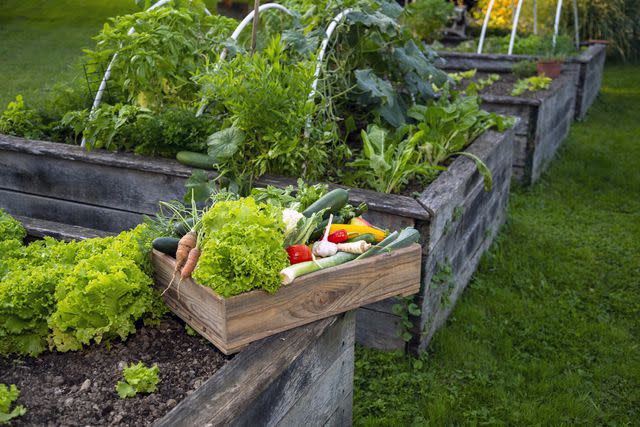

What to Avoid When Saving Seeds From Garden Fruits and Vegetables
You will want to be mindful when saving seeds from your plants to avoid the possibility of cross-pollination. Rodgers suggests isolating the plant from which you plan to save seeds within your garden.
“Planting just one variety is the easiest way to avoid cross-pollination, but you can also hand pollinate a particular blossom and then cover it with a fine net bag to keep other insects from visiting the flower,” she says.
However, this isn’t the only tactic available. You can also plant several plants of one variety together and then grow a tall crop between them and another variety to discourage pollinators from flying from one variety to another, Rodgers says.
Drawbacks Associated With Saving Seeds From Fruits and Vegetables
Do keep in mind that there are a few small drawbacks that may be associated with taking this gardening approach.
“The trade-off is that overripe produce may not taste as good—often becoming bitter and less flavorful—and may lose its ideal texture,” Valenzuela explains.
Another issue to be mindful of is that fruits and vegetables left growing longer will need more water and nutrients and are more likely to appeal to pests, she adds. To enjoy the best of both worlds and savor your fruits and vegetables this summer while prepping for a healthy harvest next year, Valenzuela recommends taking a hybrid approach.
Valenzuela recommends letting some plants mature fully for seeds while harvesting the others at their peak for eating, so you can still enjoy this year’s harvest.
Read the original article on The Spruce.







